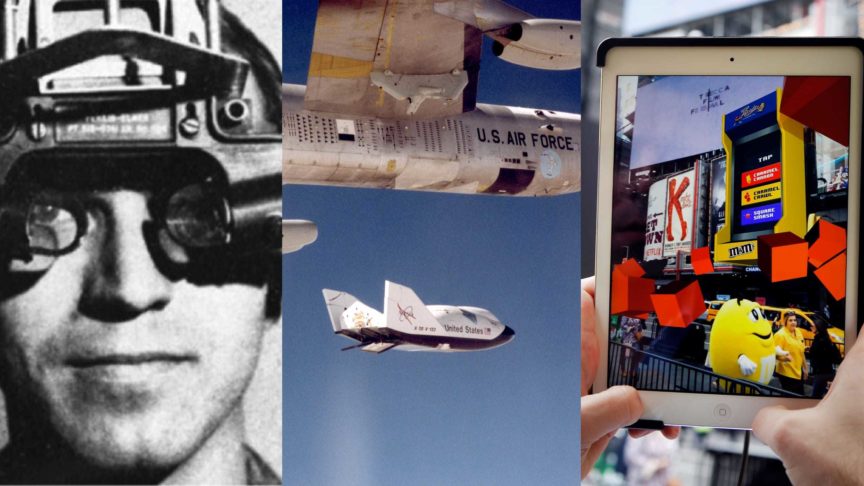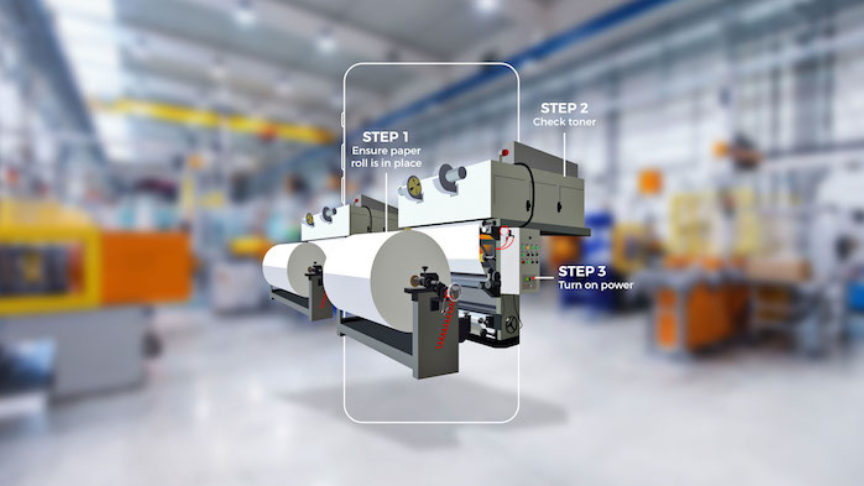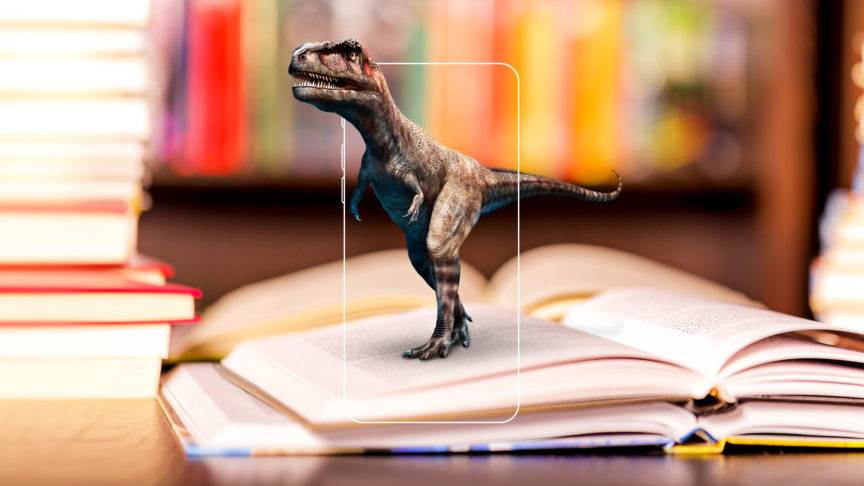AR in Education: Creating Interactive Learning Environments
September 9, 2016
AR in Education: Creating Interactive Learning Environments

Here at Blippar Education, we have an ambitious vision: to turn the world into an interactive learning environment.
When we say “interactive”, we really mean it. Rather than merely pushing information to users, we are also encouraging them to contribute content to our community and to share it with others. The word “environment” is equally deliberate: we’re creating a non-linear experience with multi-faceted, symbiotic contributors and consumers. But most importantly, we are really serious when we say “learning”. One of our core principles is what we call “Genuine Impact”: we believe that, when correctly applied, augmented reality and its related technologies can make the biggest impact on global education since the internet.
To explain why, let’s break down how Blippar is used in learning situations.
1. Blipps aid the visualisation process
First, augmented reality in education aids the visualisation process. As all teachers know well, visualisation is core to early understanding of what a problem involves. Think of early years mathematics, where fractions are often introduced through homemade apple pies -- or a soccer fan using bottles of ketchup to explain the offside rule!
We believe that visualisation is one of the best ways to learn, and that the most engaging way to visualise is augmented reality. Blippar Education’s first ever prototypes (see below) explained concepts like fractions, plans and elevations using 3D augmented reality models. Our next generation of prototypes brought the solar system into the classroom, with planets orbiting the students so they could visualise the science more easily.

2. Augmented Reality in education offers students the opportunity to experience concepts they otherwise couldn’t
Second, augmented reality platforms like Blippar allow kids to experience concepts they couldn’t otherwise experience. We put this theory into action with our second generation of education prototypes, the Blippar Plant. Students can earn water and grow their plants every day by answering biology questions. The idea was inspired by a project that one of our team completed back in primary school: each child had to grow a real sunflower over the course of the semester, while the teacher taught a new aspect of plant science every day. Inspiring enthusiasm for STEM subjects - a very topical theme in education right now - is also at the heart of an R&D product we’re releasing soon, which allows children to experiment on chemicals and electronics in AR.
The hands-on nature of the experience of growing a plant or creating a chemical reaction is crucial to its pedagogical impact. However, it is not always possible, often for financial reasons, for schools to provide well-equipped gardens or science labs. Bringing digital into the real classroom through augmented reality in education is an effective way to bridge this gap.
3. Visual Discovery
Internally, we often talk about a spectrum of educational uses of Blippar, with traditional “AR” at one end and “visual discovery” at the other. Both implementations above - visualisation and otherwise impossible experiences - sit close to the pure AR end of the spectrum. They are triggered by “markers” like textbooks or materials. “Visual discovery” relies less on immersion and interactivity, and more on Blippar’s ability to recognise anything in the world and to surface contextual content to the user.

This is where our vision of “turning the world into an interactive learning environment” really comes into its own. Imagine blipping an apple to learn how fruit trees protect their seeds for reproduction. You could blipp a work of art to see annotations on style and symbolism, or blipp a power socket to learn about electronics.
The medium through which that content is delivered is revolutionary because it unlocks the discovery phase in learning. Students could learn the majority of their curriculum just by blipping features of their school and its surroundings. Crucially, they would be driving their own learning journey, engaging the behaviours of exploration and discovery that can only be unlocked with visual recognition technology.
And of course, once the Blippar app recognises whatever object is under scrutiny by our curious student, we can re-introduce the pure AR end of that spectrum. The Golden Gate Bridge becomes a visualisation prop for a child to learn about loads and suspension. A bruised knee shows a medical student how to treat ligament damage. The statue of Winston Churchill in London’s Parliament Square comes to life to bring history majors back to his Second World War speeches. And because the experience is digital, the content one student sees can be tailored and optimised for that student, based on their level of expertise, learning journey, history and content preferences.
The idea of the “world as a learning environment” becomes truly transformative when we consider the paradigms that the Blippar app will allow students to circumnavigate through augmented reality in education. In one of our “pedagogical impact” studies, a student with learning difficulties, who usually scores on the lower end of her class, achieved 100% in our mock tests when visualising the concepts using Blippar. Kids in a SEN specialist school in Jersey City, USA, have responded incredibly well to their fully interactive, AR-enabled corridors and classrooms.
But now consider taking an augmented reality app for education like Blippar to a poverty-stricken village in the rural Third World, where teacher absenteeism, low incomes and illiteracy tragically continue to hinder opportunity and achievement. The internet is an almost limitless store of educational material that could, with better connectivity, bring the best content to the poorest kids. But it’s difficult for those kids to use that content when they can’t read it, or don’t know what to search for, or aren’t surrounded by the various mentors who could guide them on their learning journeys. Computer vision, combined with an intelligent content contextualisation engine, can enable that journey: equipped with just a smartphone, our motivated young student can point at the world around her - household items, objects in nature - and learn continuously. Whether it’s visualisation, immersive experiences or connecting a basic object to the internet via computer vision, Blippar turns the real world into a portal to the best of education technology.
We think of this like putting the world’s most intelligent eye into the pockets of kids anywhere in the world, and connecting it to the world’s brainiest personal tutor.
So when we say “the world”, we really mean that, too.


